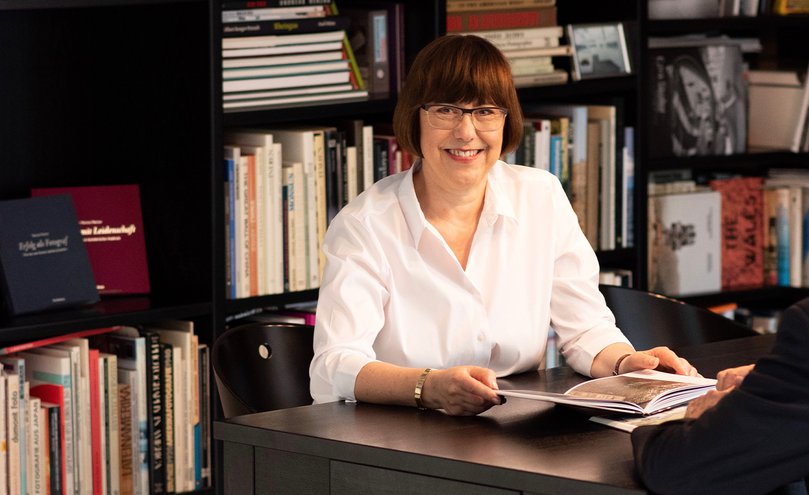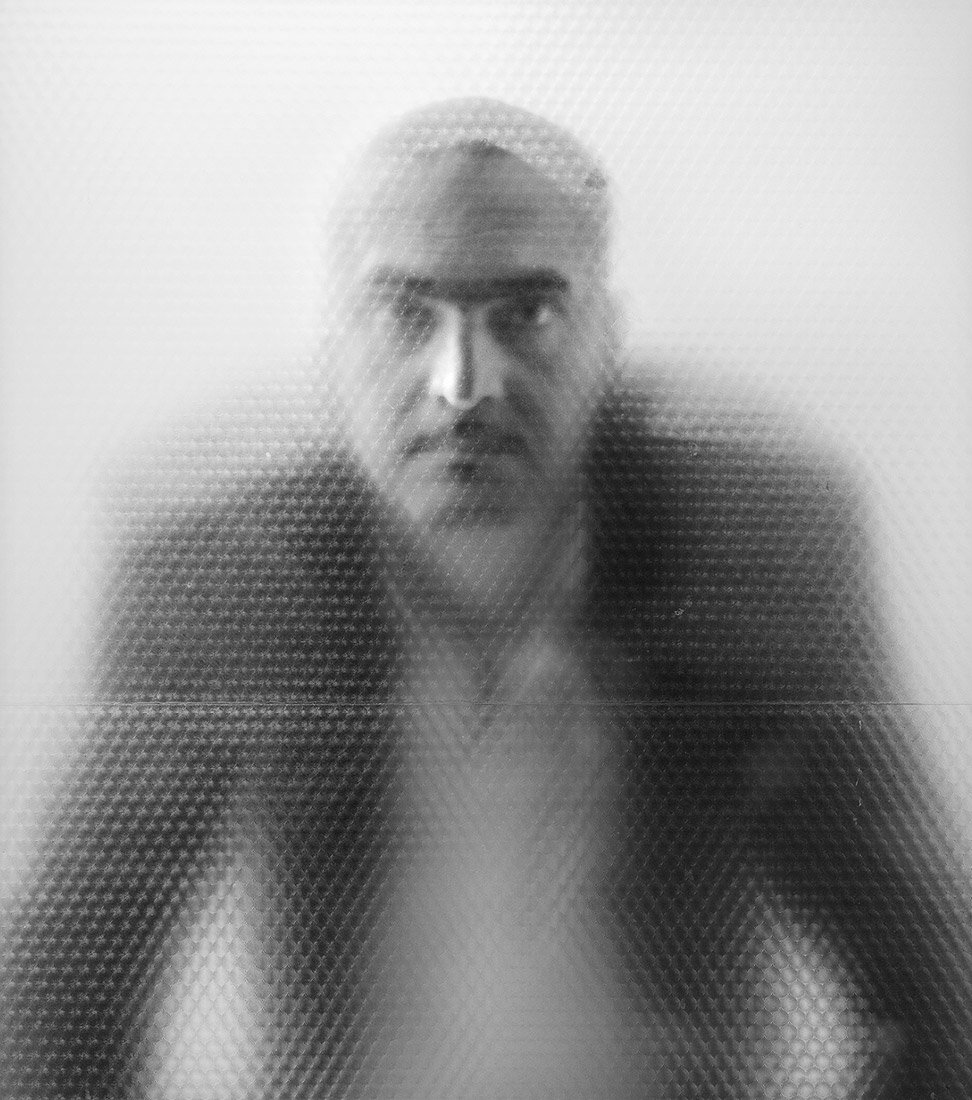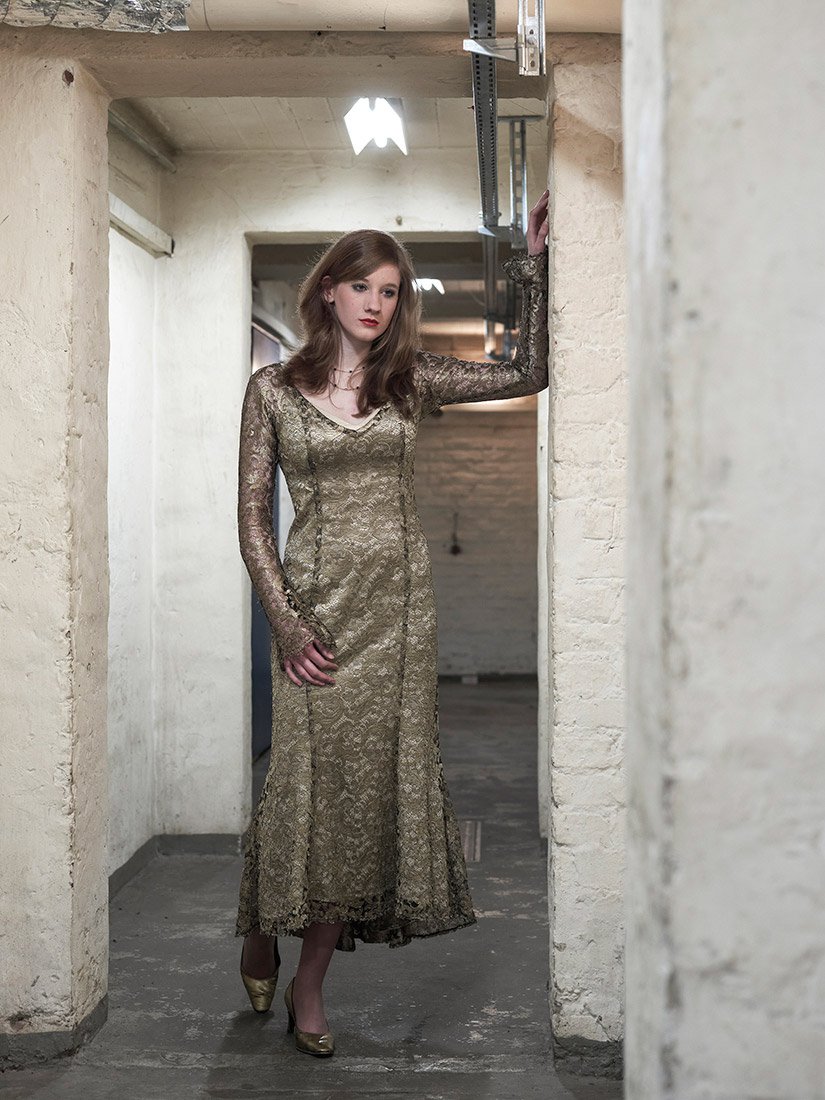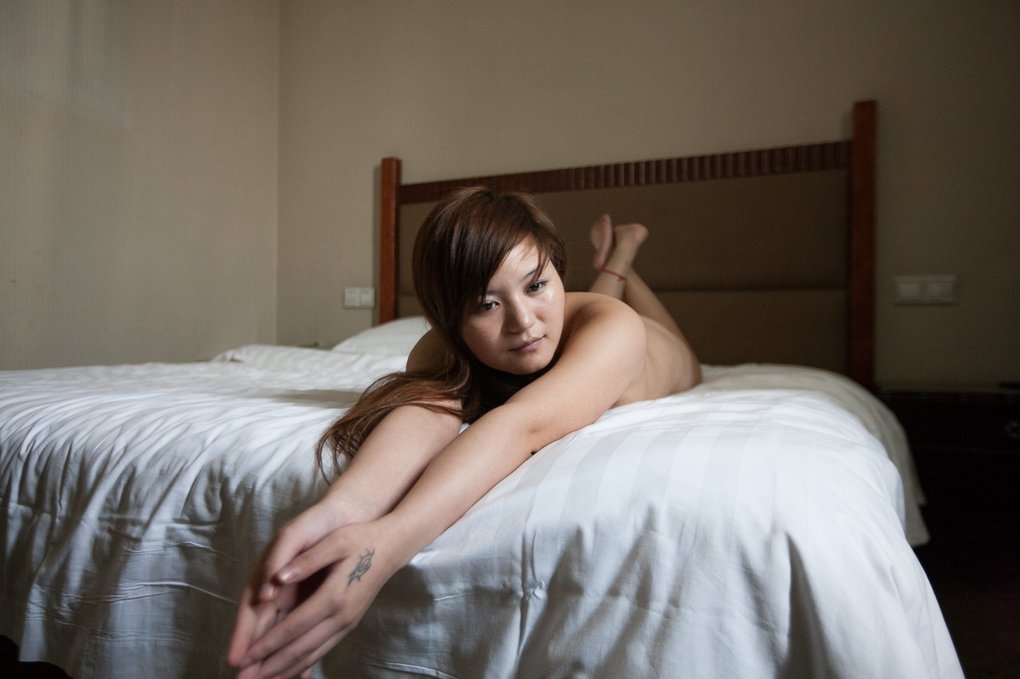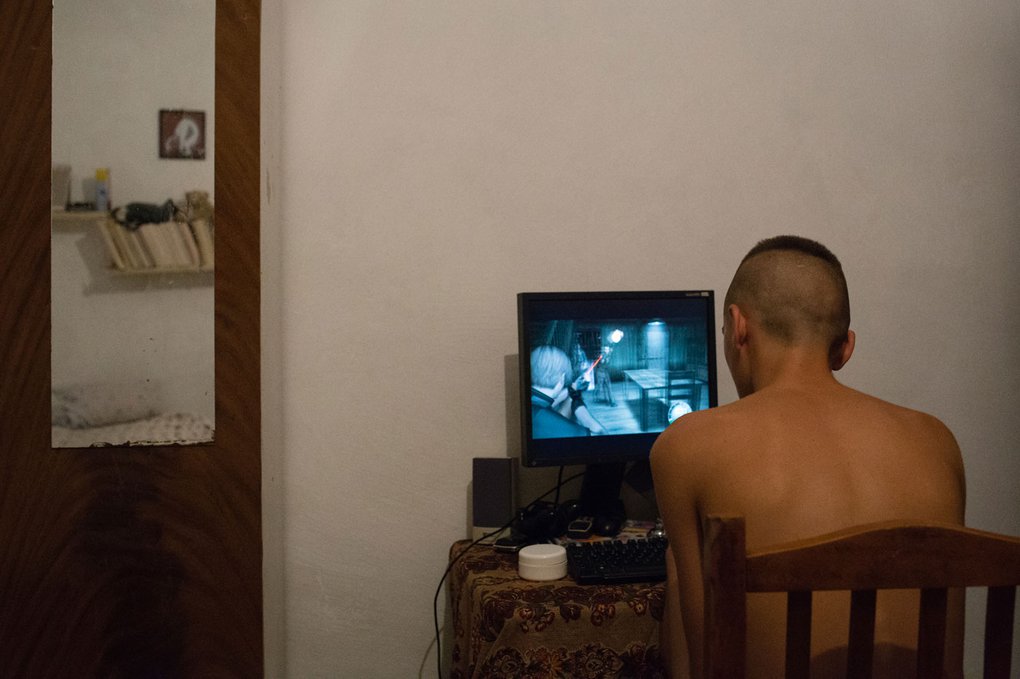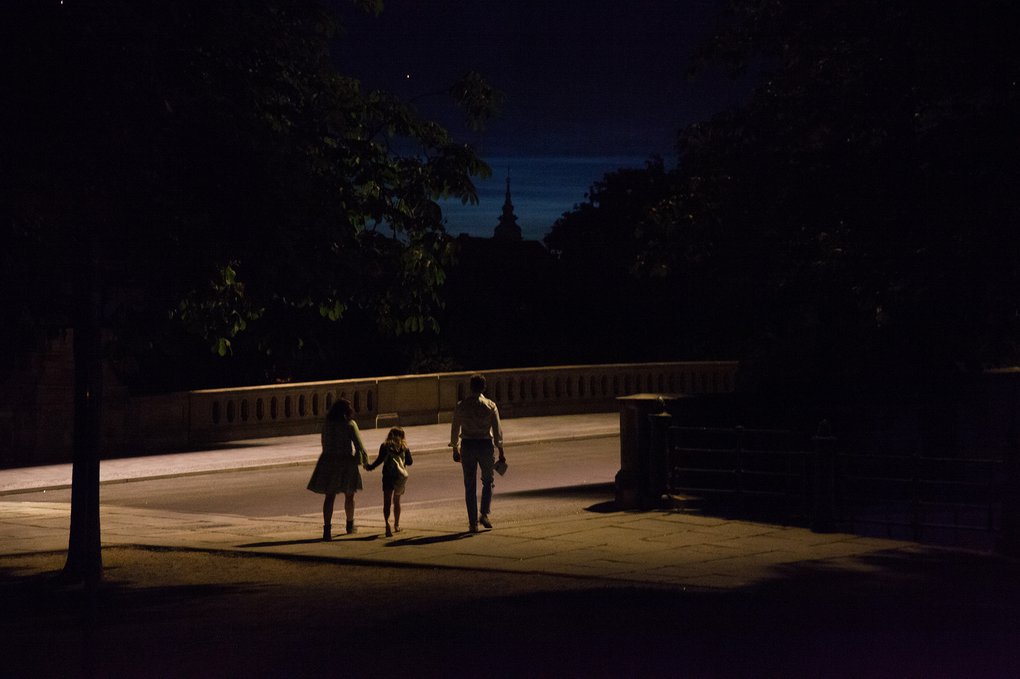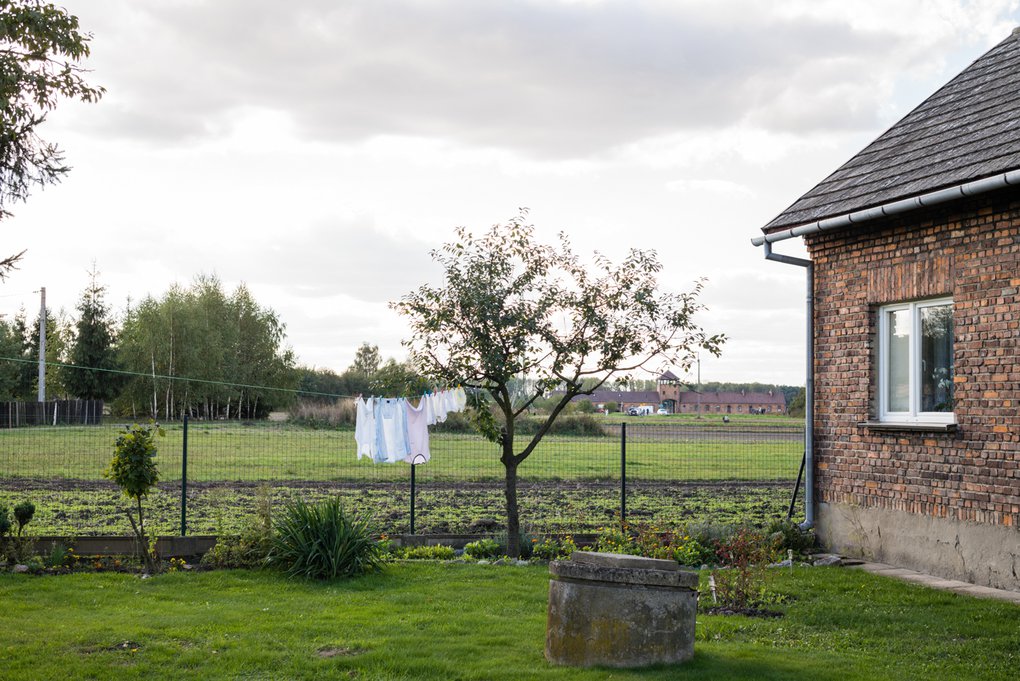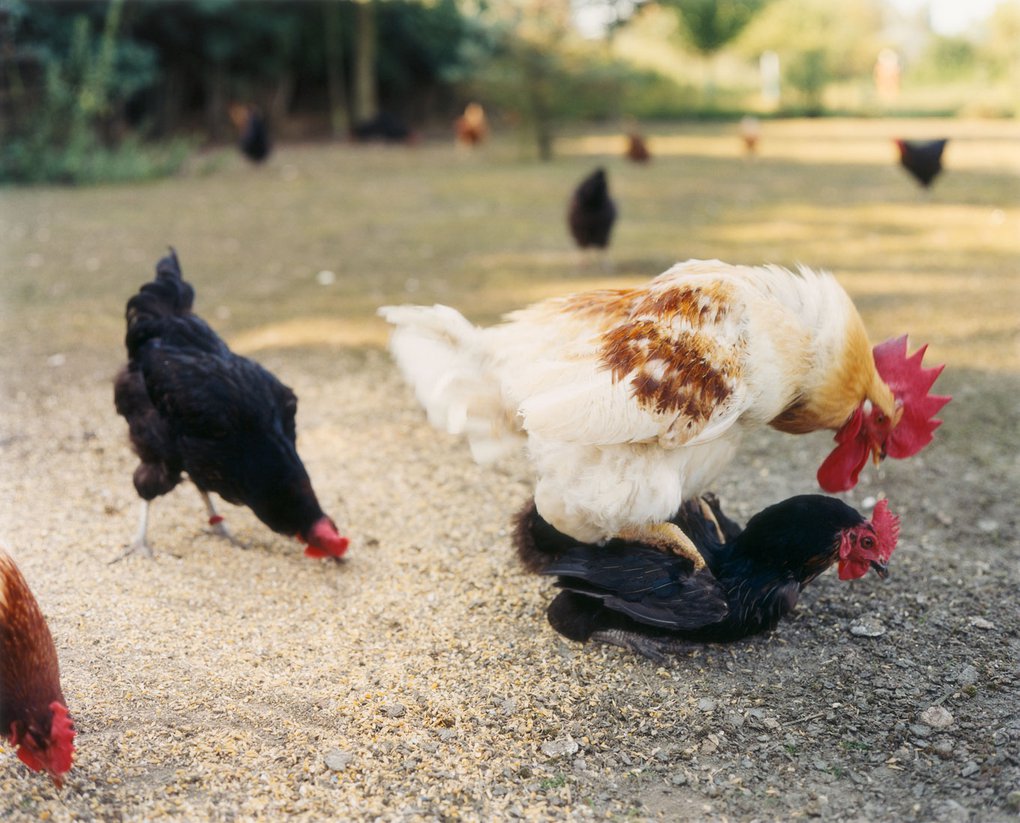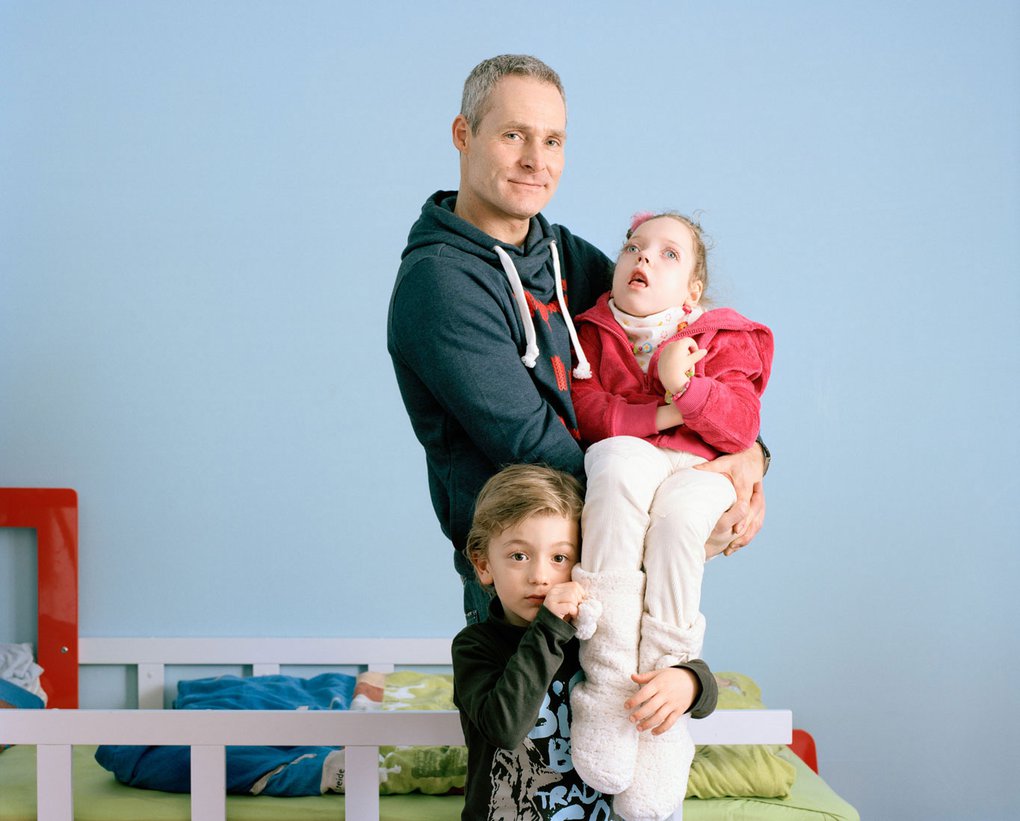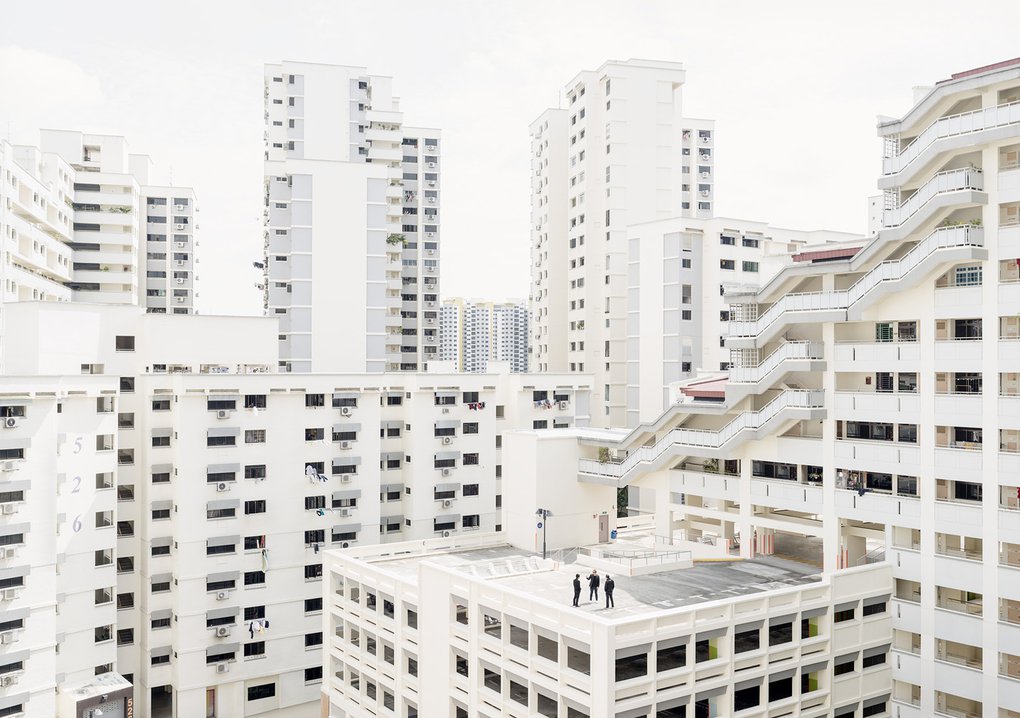Short Bio
Martina Mettner writes about photography as a means of expression and life practice. She has been helping photographers present themselves for 20 years. After completing her doctorate in sociology with a study on artistic photography, she was editor-in-chief of up to three photo magazines for ten years. Since 2010, she has published books on artistic photography, photo projects and self-marketing. She has been on the executive board of the DGPh since the beginning of 2021.
Curatorial Statement
'The talisman is an object that is believed to have auspicious powers. The camera can be such a lucky charm. It is also a key that opens up access to life worlds that one would not enter without it. The more intensively photographers expose themselves to another living environment, the more impressive the results: Images that share this intensity of sensation and insight, this occasionally intimate insight into the respective life with the viewer.
The fine balance of inner closeness and distance of the photographer to his protagonists or his motif in general is resolved very individually. In her series "Beyond", Loredana Nemes succeeds in visualising the proximity-distance relationship: The portrait so close and at the same time so far away through the privacy glass - the world of Turkish-Arabic-Oriental men's clubs closed to women.
Entranced and absorbed, we see an extra backstage waiting for her short performance. Matthias Jung photographed this "homage to the supporting role".
Wolfgang Müller dealt long and intensively with Chinese migrant workers in "Mingong. The Search for Happiness". One of his protagonists allows him to photograph her unprotected and very intimate.
Naked and unprotected, a youth presents himself in front of a baller game. He has to reckon with being shot himself. His family is involved in a blood feud. In 'Gjakmarrje - In the Blood' Birte Kaufmann shows the everyday life of an Albanian family.
A "war without war" moves Meinrad Schade. He took photographs in Israel and in the occupied territories. The sight of the woman in her kitchen across the street seems unreal, like a projection meant to feign life in a ghostly building. (This motif corresponds with the last one).
What appears to be a family is perhaps the father with two daughters on a balmy summer evening in Boris Eldagsen's nocturnal scene. Whether the implied story will end well is at least not certain.
The motif of 'Die arge Lola', so inconspicuous at first glance, appears gloomy in a completely different respect. "Next door" to the imagined family idyll with laundry on the line: the Auschwitz extermination camp. What does it mean to live here? Andreas Weinand also asks this question in 'The Good Earth'. He portrays two people, their animals, their intimate relationship to a piece of land.
Daniel Schumann photographs parents with children suffering from life-threatening illnesses. In this long-term project, his photographs 'describe how families encounter their child's illness and the finiteness of life.'
The selected photography is about existential issues: about closeness and strangeness, about family and home, about living and dying. Photographers who expose themselves to these themes and experiences deserve great respect. But photography also involves the question of appearance and reality. Wolfgang Bellwinkel exercises control over "the pictorial space and the narrative" and concludes my selection with his cinematic-looking scene in an inhospitable architecture."
(Photo: Andreas Reeg)
Would you like to be kept up to date with our Guest Curators? Join our Newsletter below.
